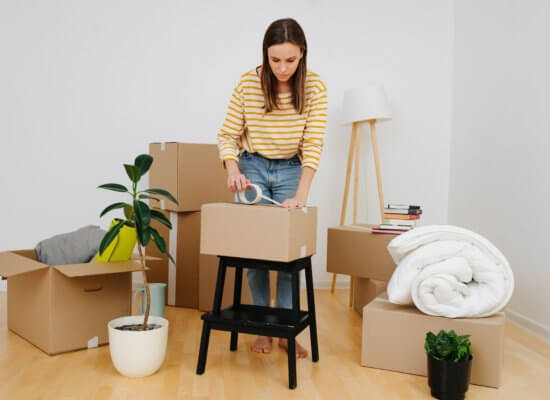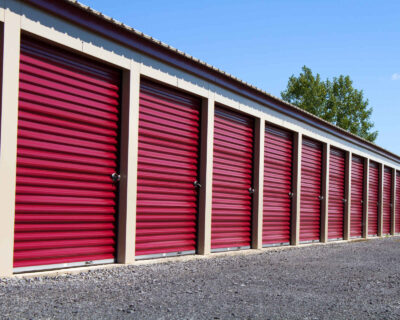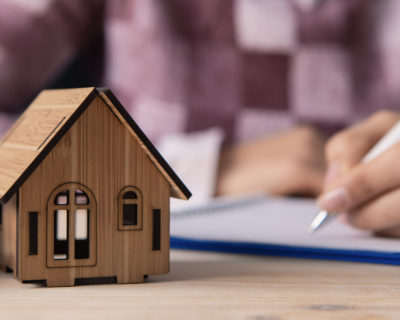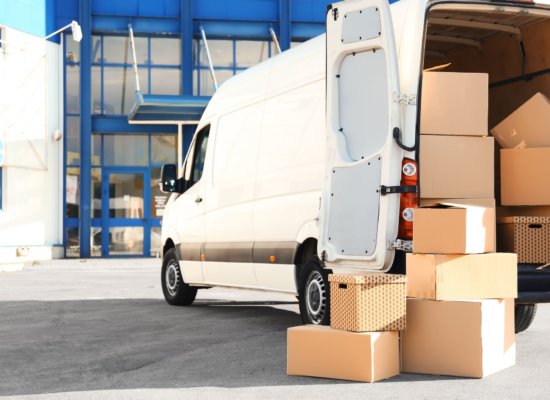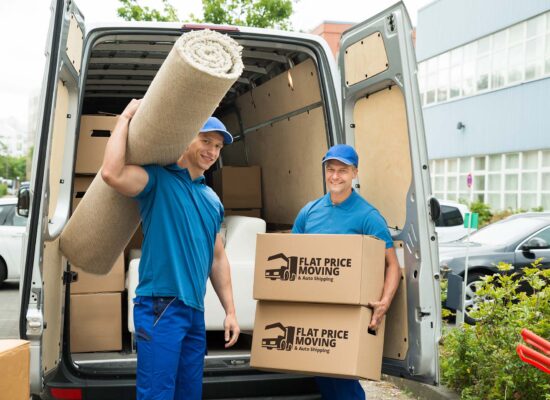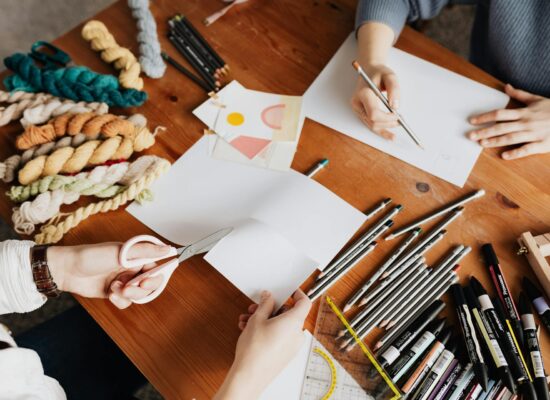The Ultimate Guide: How to Pack Silverware for Moving in 5 Simple Steps
When it comes to packing silverware, proper handling and organization are key to ensuring its safety. When you’re preparing for a relocation, it’s essential to have step-by-step instructions on how to pack silverware for moving so it can be kept in pristine condition.
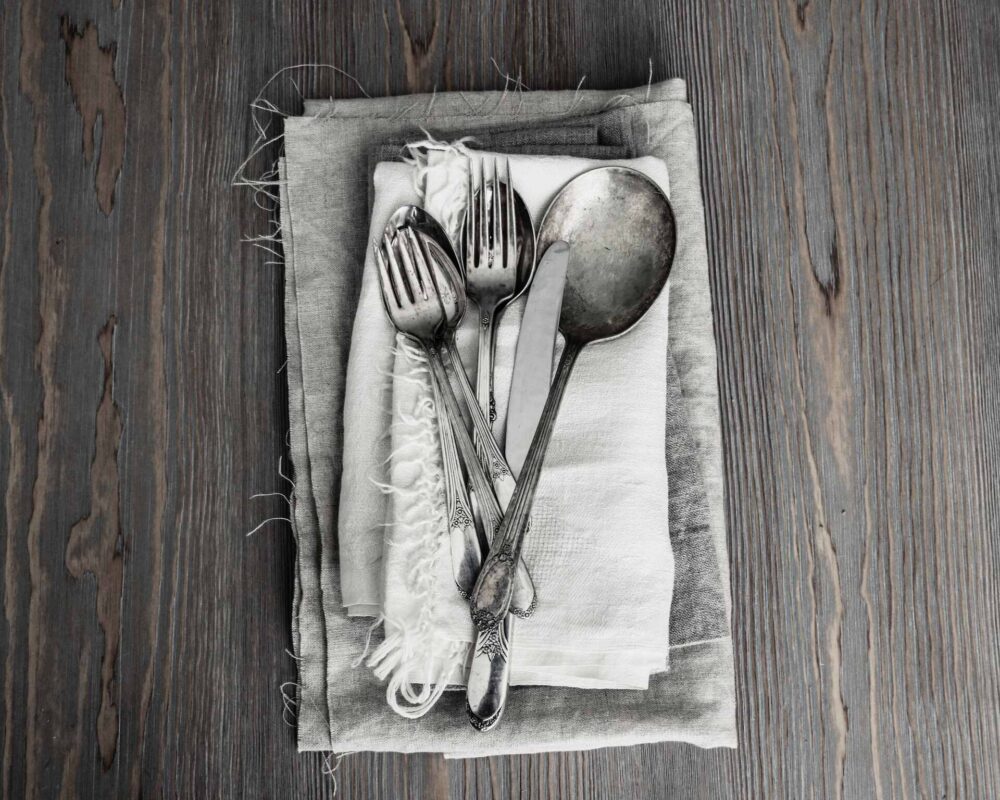
To ensure the safety of your silverware, you should first gather the necessary protective materials, such as sturdy boxes, paper, bubble wrap, and tape. Next, sort and organize your silverware by type or set to make unpacking easier later. Then, securely wrap each piece of individually to prevent scratches or damage during transit. Protect it for shipping safely, including using dividers or organizers to keep everything in place. Lastly, don’t forget to label and seal the boxes for easy identification and to maintain their integrity during cross-country moving.
Why You Need to Learn How to Pack Silverware for Moving
Learning how to pack stainless silverware for moving might not be at the top of your to-do list, but it’s worth your time and effort. Think about it – silverware is something we use every day, and chances are, you’ve invested in a set that you love. So, why risk damaging or losing your precious silverware during the long-distance moving process?
By mastering the art of protecting silverware, you can ensure that each piece arrives at your new home in one piece, ready to be used and admired once again. It’s all about safeguarding your investment and preserving those cherished family heirlooms. So, take a moment to learn the proper techniques, gather different packing materials, and give your silverware the care it deserves during the relocation process.
What Happens If Silverware Is Improperly Packed?
Imagine opening a box labeled “kitchen items” at your new home only to find a jumbled mess of tangled utensils. It’s not a pretty sight, is it? When silverware is improperly packed, chaos ensues. Forks get entangled with spoons, knives scratch against other fragile items, and the once-shiny pieces lose their luster. You might even find yourself missing a few, but they are not among the forgotten things – they simply got lost in the shuffle.
Not only is this frustrating, but it also means spending extra time untangling and searching for missing pieces instead of making the new place feel like home. So, don’t underestimate the importance of proper packaging. By taking the time to wrap each piece securely, organize them carefully, and label the boxes, you’ll avoid the headache and hassle of dealing with a silverware nightmare on relocation day.
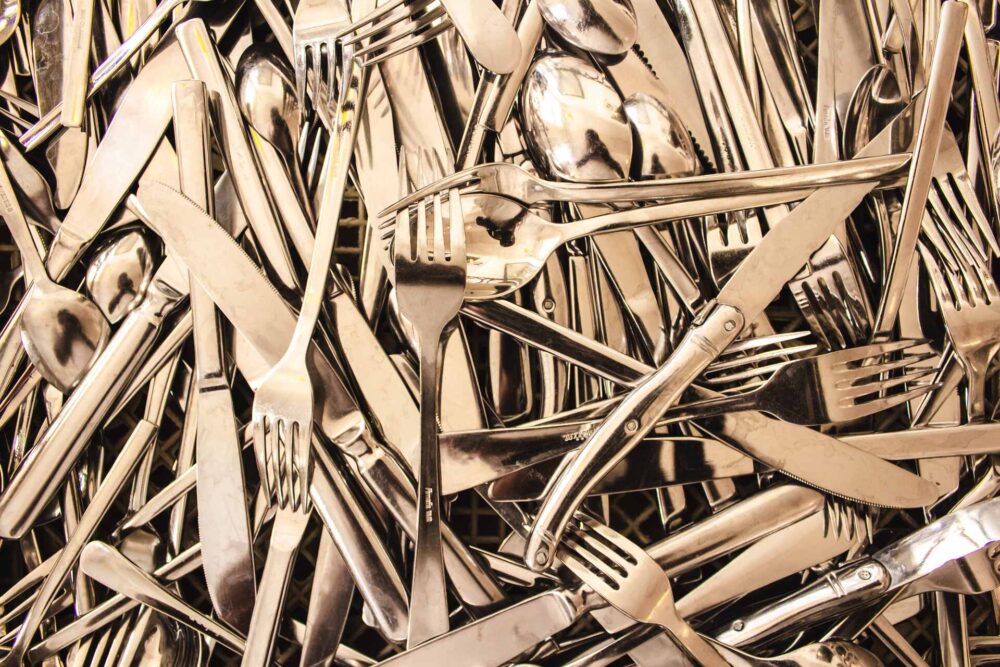
Step 1: Gather Necessary Packing Supplies
Before you embark on your silverware-protection adventure, it’s crucial to gather all the necessary protective supplies. Here’s a handy checklist of essential materials you’ll need:
- Get sturdy, appropriately sized boxes to accommodate your silverware. Consider using dividers or compartments for added protection and organization.
- Bubble wrap will be your silverware’s shield against bumps and scratches. Wrap delicate and fragile pieces individually for optimal protection.
- Soft packing paper will act as a cozy nest for your utensils. Wrap each piece before placing them in the boxes for an extra layer of cushioning.
- For extra security, consider using plastic wrap to bundle groups of silverware together. This will help prevent shifting and reduce the chances of any loose items.
- Don’t forget the sturdy tape! Use it to seal boxes securely and reinforce any dividers or compartments you’ve added.
Remember, the key is to have all these supplies readily available before you dive into protecting the silverware. Being prepared will make the process much smoother and help keep your precious utensils safe and sound during the relocation.
Where to Find Affordable Packing Supplies
When it comes to finding affordable protective supplies and materials, there are several options to consider. One of the most budget-friendly options is to check with local grocery or liquor stores. These establishments often have spare boxes available that they are willing to give away for free. Additionally, online marketplaces and websites like Freecycle can be treasure troves for finding gently used or discounted supplies from individuals who have recently moved.
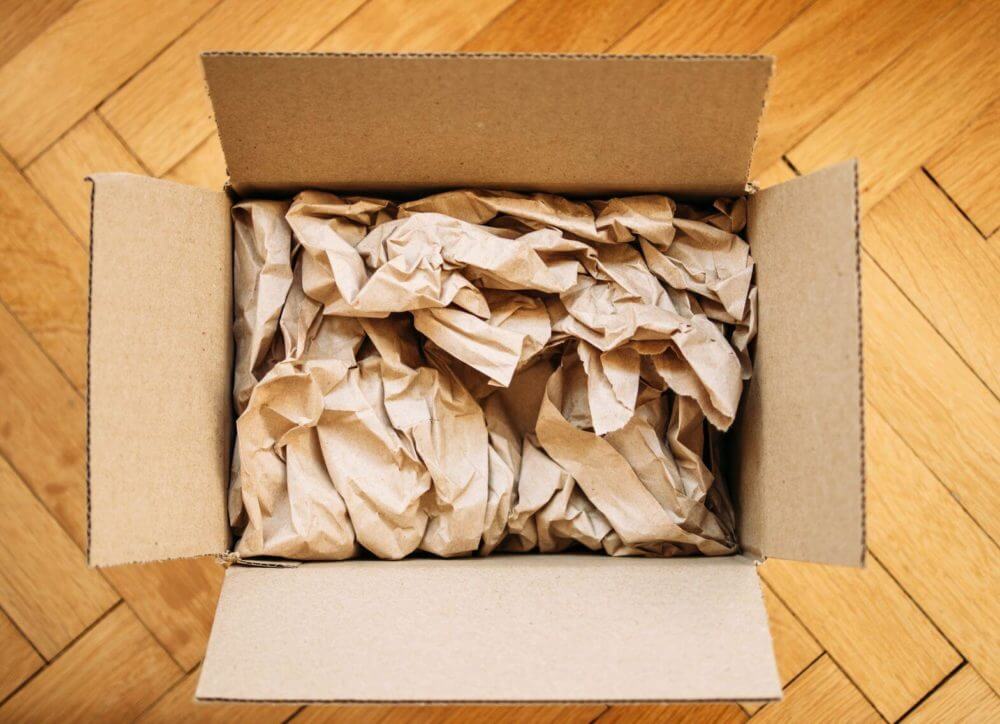
Step 2: Sort and Organize Your Silverware
Now that you have your packing supplies ready, it’s time to tackle the important task of sorting and organizing your utensils. Follow these steps to keep each type of silverware separate and make unpacking a breeze:
- Start by clearing a clean, spacious surface like a table or countertop to spread out your silverware.
- Begin the sorting process by grouping similar types Separate forks, knives, spoons, and any other specialized utensils you may have.
- Organize the silverware within each category by sets or sizes. This will make it easier to locate and unpack specific items later.
- Consider using small bowls or containers to hold loose utensils that don’t belong to a set. This helps prevent them from getting lost or mixed up during transit.
- If you have delicate or valuable pieces, such as sterling silver or antiques, you may want to set them aside for additional protective measures like individual wrapping or placement in padded containers.
By taking the time to sort and organize, you’ll streamline the whole process. It will also ensure that each piece remains well-protected and easy to locate when you arrive at your new home. Remember, a little organization goes a long way in preserving the condition of your beloved silverware.
Tips for Organizing Stainless Silverware for Moving
Consider wrapping each set of silverware in a bundle using rubber bands or plastic wrap. This will keep the utensils neatly together and minimize the risk of them getting separated or tangled during the move. Additionally, you can place each wrapped set into a labeled zip-top bag or small container to further protect them and keep them organized. Another useful tip is to pack the silverware vertically in the box, with handles facing upward, to prevent any accidental spills or jostling.
Suggestions for Labeling and Categorizing Silverware Sets
When it comes to labeling and categorizing silverware sets, a clear system can save you time and effort during unpacking. Start by labeling each box containing silverware with a clear and visible “silverware” tag. For further organization, consider assigning a number or letter to each set of silverware and create a corresponding inventory list. You can label each bundle or container with the corresponding identifier to easily match them with the inventory list. Another option is to use different colored labels or stickers to categorize sets by type or family member.
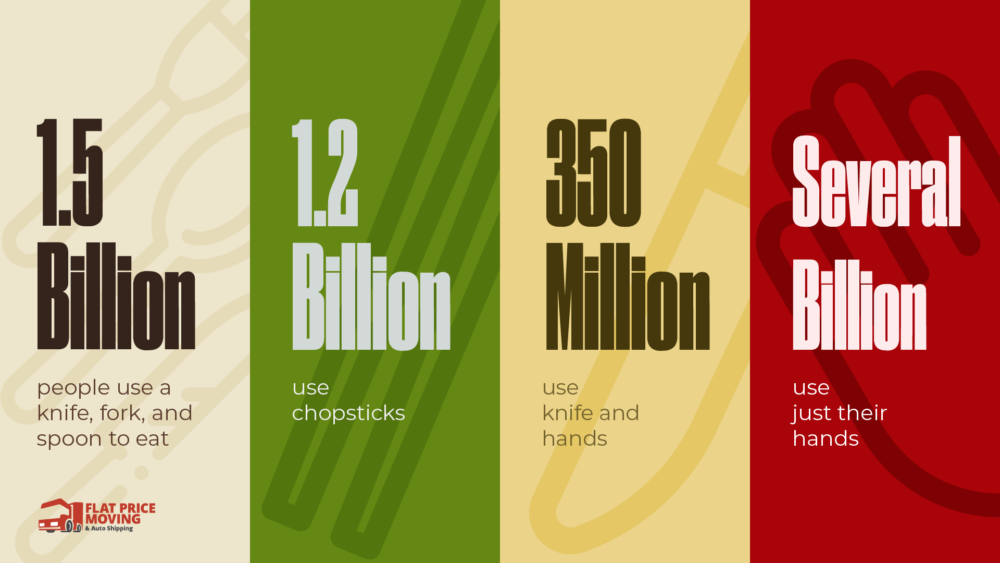
Step 3: Securely Wrap Each Piece of Silverware
When it comes to relocating, protecting silverware may be at the very bottom of your list. After all, it’s just eating utensils, right? Unfortunately, that couldn’t be farther from the truth. Silverware is often delicate and has sharp edges that can easily become damaged during a move. This can lead to scratches, dents, or even bent utensils. However, with the right techniques, wrapping each piece of silverware securely can prevent any damage.
Best Practices for Using Packing Paper, Bubble Wrap, and Plastic Wrap
Sorting the silverware, gathering the right materials, and following the step-by-step process are all important for ensuring that delicate and sharp edges are not damaged. Here’s what should be a standard practice when protecting utensils:
- Begin by grouping them together – forks with forks, spoons with spoons, and knives with knives. This separation will make it easier to pack and unpack. To make it even more organized, you can group each type of utensil based on size, as it will help you wrap them more efficiently.
- For wrapping silverware, packing paper, bubble wrap, or plastic wrap will provide protection and cushioning and will keep the utensils safe during relocation to a new state. You should also have strong tape to secure the wrappers in place. Finally, place the wrapped utensils in the desired container, whether it’s a cardboard box or tin.
- Now that you have your silverware sorted and your materials gathered, you can start wrapping. Begin by placing the silverware down on your paper. Leave enough space on the paper to wrap the silverware completely. Wrap each piece using individual sheets of paper, taping them in place to secure them.
Remember, the extra time and effort you put into preparing and protecting your silverware is worth it.
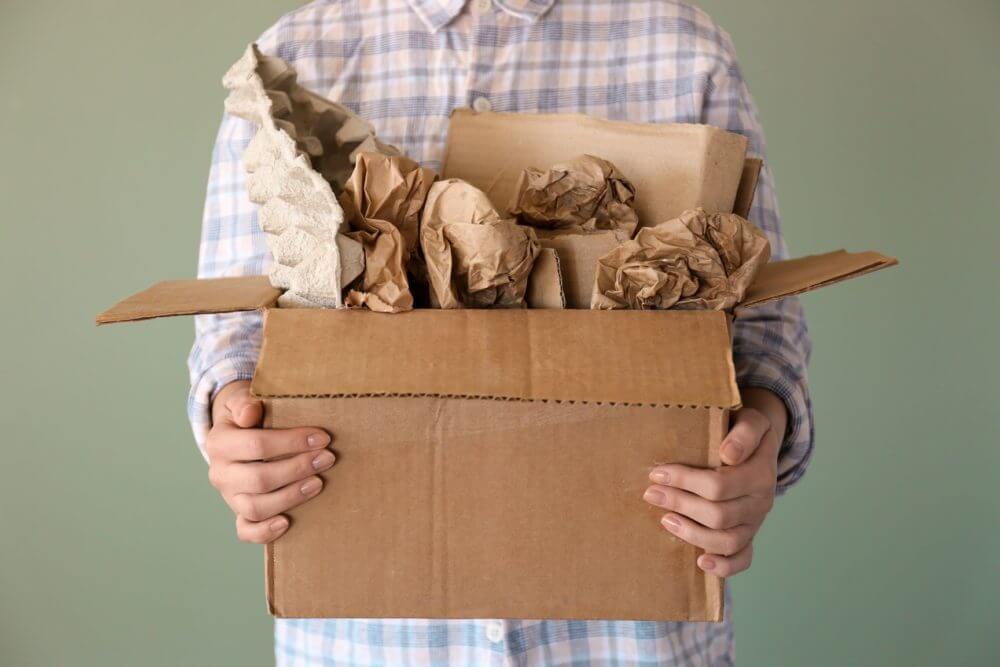
Step 4: How to Pack Silverware for Shipping Safely
If you’re planning to move soon and have silverware that needs to be shipped, it’s important to know how to choose the right box or container, layer and arrange wrapped silverware in the box, and properly cushion and secure the silverware to prevent damage during transit. By following these simple steps, you’ll ensure that your silverware arrives at your new home safe and sound.
Choose the Right Box or Container
You should look for a sturdy, durable box that’s large enough to accommodate all your silverware. You can use a regular cardboard box or a plastic container with a lid. Alternatively, you may purchase a dish pack box that’s designed specifically for transporting fragile items like plates and cups. Once you have your box or container, make sure to reinforce the bottom and sides with tape. This will prevent the box from collapsing or tearing during transit. You may also want to add an additional layer of padding at the bottom of the box to absorb any shock.
Layer and Arrange Wrapped Silverware in the Box
Now that you have your box, wrap each piece of silverware individually in bubble wrap or packing paper. Secure each piece with tape to prevent it from coming loose. Once you have all your silverware wrapped, you can start layering and arranging them in the box.
Start by placing a layer of foam peanuts or crumpled-up paper at the bottom of the box. This will provide a cushioning effect and absorb any shock. Then, place a layer of wrapped silverware on top of the padding. Make sure to place the pieces in an orderly fashion so they don’t bump into each other during transit. Continue layering and arranging the silverware until the box is full.
Properly Cushion and Secure Silverware to Prevent Damage During Transit
Once you have all your wrapped silverware in the box, it’s time to properly cushion and secure it. Start by adding a layer of foam peanuts or crumpled-up paper on top of the silverware. This will create another layer of cushioning and prevent the silverware from moving around during transit.
Next, close the box or container and shake it gently. If you hear any rattling, you should add more protective material until there’s no movement inside the box. Finally, secure the box with tape or zip ties to prevent it from opening during transport.
Step 5: Label and Seal Your Silverware Boxes
Clear labeling serves multiple purposes, including efficient unpacking and ensuring the safety of your silverware. Clearly mark each box containing silverware with a bold “silverware” label. This simple step will help you easily identify the boxes during the chaotic process of moving and prioritize their unpacking.
Additionally, consider labeling boxes with a fragile or handle-with-care warning, especially if you have delicate or valuable silverware. To ensure safe transport, securely seal the boxes with tape. Reinforce the bottom and top seams of the boxes, paying extra attention to any corners or edges that might be prone to opening.
Once you arrive and settle in your new place, you might want to return all the silverware to its former shine. The following video offers some valuable tips on how to achieve this.
Consider Hiring Professional Cross-Country Movers for Packing Assistance
When it comes to packing for a move, the task can quickly become overwhelming. That’s where a professional long-distance moving company can come to the rescue. Consider hiring experienced movers who offer packing services. These professionals have the expertise, tools, and materials to efficiently and securely pack your belongings, including your silverware. They will carefully wrap each piece, organize them systematically, and use high-quality supplies to ensure maximum protection during transit.
Auto-Transport
If your first concern is having your vehicle transported safely and efficiently, enclose shipping is the way to go.
Read moreStorage Service
Knowing what kind of surprises cross country move may hold, we offer 30 day free storage for belongings at the origin state.
Read moreMoving Insurance
Flat Price Moving and Auto Transport Company offers moving insurance to cover potential damages
Read moreThe Services Provided By Long-Distance Movers
A specialized auto transport company offers a range of long-distance moving services to make your relocation smooth and stress-free. When it comes to your silverware and other belongings, these long-distance movers provide comprehensive services such as packing, loading, transportation, and unloading at your new destination.
The car shipping company team is equipped with the necessary expertise and equipment to handle the logistics and ensure the silverware is moved safely, car and other belongings across long distances. Additionally, many long-distance movers offer options for insurance coverage to protect your valuables during the journey.
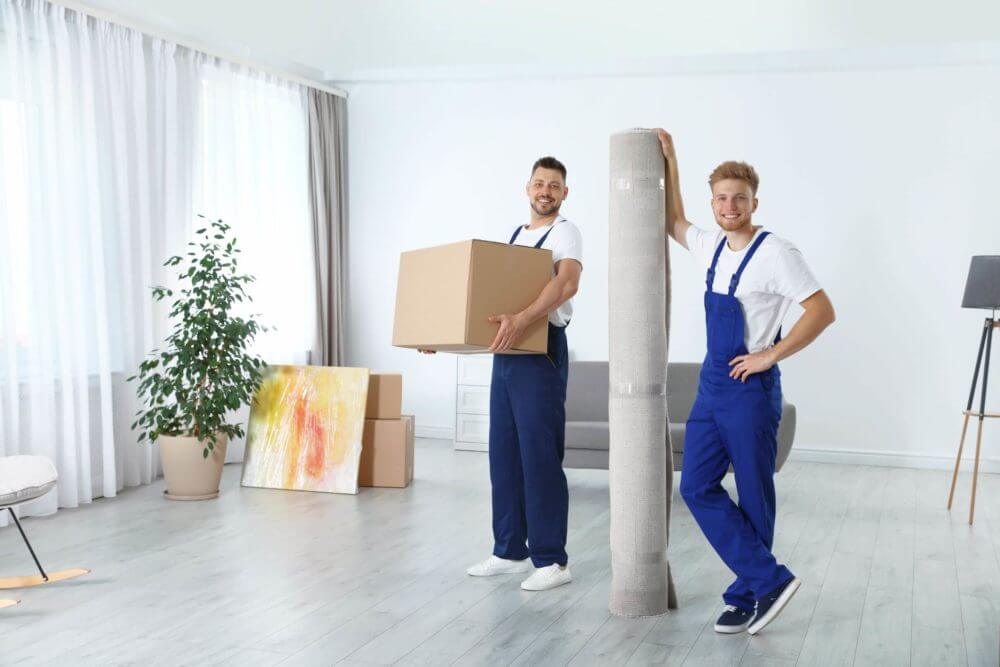
Packing Silverware Can Be Surprisingly Challenging, So Get Ready For It Well
Packing silverware can be surprisingly challenging, so it’s important to prepare yourself for the task ahead. While silverware may seem small and seemingly easy to pack, its delicate nature and varying shapes can present unique challenges. Taking the time to gather the necessary protective supplies, sorting and organizing your silverware, and securely wrapping each piece will ensure its safety during the move. Stay patient, give yourself ample time, and pay attention to detail.
If you’re not sure how to handle your silverware and other delicates, contact our team at Flat Price Auto Transport and Moving, and get your free quote.
FAQ
What Are the Essential Packing Materials Needed for Safely Packing Silverware for Moving?
Essential materials include packing paper, bubble wrap, tape, scissors, felt-tip markers, and sturdy boxes.
How Should I Separate and Organize My Silverware Before Packing It for a Move?
Sort and group your silverware by type, size, and material. Place each set in a separate plastic bag or wrap it in paper to prevent tangling.
What Is the Best Way to Wrap Individual Pieces of Silverware to Prevent Damage During Transit?
Wrap each piece of silverware in paper, then add a layer of bubble wrap to protect the delicate edges and handles.
How Can I Ensure That My Delicate or Sharp-Edged Silverware Is Properly Protected While Moving?
Protect delicate or sharp-edged silverware by using extra wrapping or padding around forks, knives, and spoons with sharp edges. Place them in a separate box or container to avoid damage to other items.
What Type of Box or Container Should I Use When Packing Silverware for Shipping?
Use sturdy cardboard boxes with dividers or compartments designed for silverware. Avoid using plastic bags or containers that may cause scratches and tarnishing.
How Should I Arrange Wrapped Silverware Inside the Box to Maximize Space and Minimize Potential Damage?
Fill gaps and spaces with crumpled paper or foam peanuts to provide cushioning and prevent movement. Make sure to label the box clearly as “Fragile” and “Silverware.”
What Is the Best Way to Cushion and Secure Silverware Within a Box to Prevent Movement During Transport?
Seal the box with tape and make sure it’s tightly closed. Shake the box gently to ensure nothing moves around inside.
How Should I Label and Seal My Silverware Boxes to Make Unpacking Easier and Ensure Safe Handling?
Make sure to label each box with the contents and room destination to make unpacking easier and ensure safe handling.
Are There Any Special Considerations for Packing Antique or Heirloom Silverware for a Move?
Special considerations for antique or heirloom silverware – wrap them carefully in acid-free paper or cloth to prevent tarnishing and corrosion. Consider using a climate-controlled storage unit to preserve their condition.
What Common Mistakes Should I Avoid When Packing Silverware for Moving to Ensure a Smooth and Damage-Free Experience?
Don’t overpack boxes with too much weight or mix different types of silverware together. Avoid using newspaper or inked paper that may leave stains or residue on the silverware. Don’t forget to handle your silverware boxes with care during the move.
